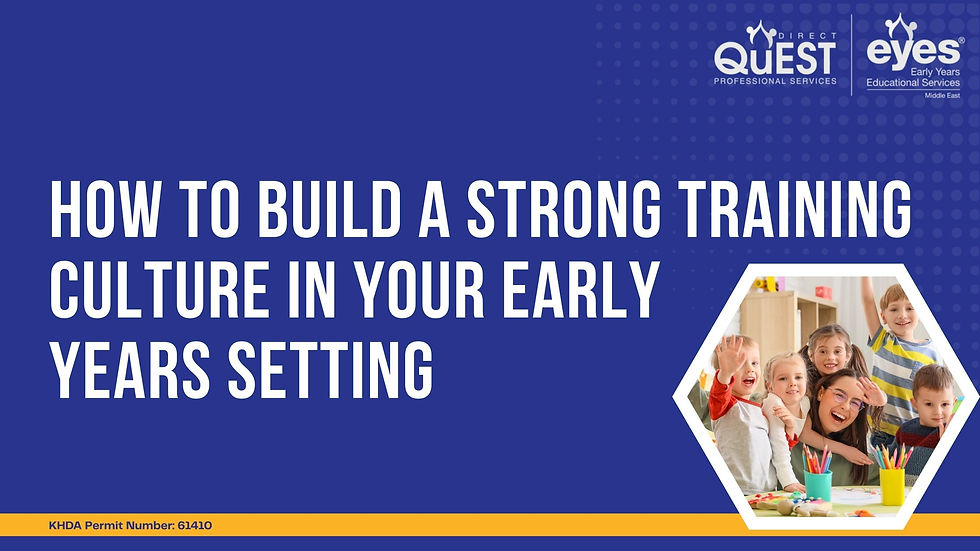Dealing with Challenging Behaviour
- Sep 12, 2021
- 2 min read
Updated: Sep 20, 2021

Strategies for dealing with an angry child
When children feel happy, safe and secure in their life, they usually exhibit happy, settled behaviour in the setting. Therefore, when a child is displaying challenging behaviour there is usually a reason behind it and as early years practitioners it is our responsibility to find out what that reason is.
Anger can be caused by a variety of reasons, so it is important that we not only use strategies to support positive behaviour but also work to find the reasons behind it. This is one of the many occasions which illustrate why partnership with parents is so important. If we have already built strong links with parents creating a trusting partnership we should be able to talk with them in a sensitive manner to find out the root of the child’s anxieties. This partnership should also allow us to work together to provide a consistent approach to the negative behaviour. If boundaries and reactions to angry behaviour are not consistent then it can be almost impossible to combat. As children in the early years are still developing emotionally, anger can often be a reaction when they are unable to express themselves either due to language boundaries or not understanding their own emotional reaction.
So, what can we do?
· Don’t try to talk a child out of being angry, instead acknowledge their feelings; “I can see you are angry right now”. This should help the child to understand their emotions and feel less alone.
· If you know what made them angry, acknowledge it and put their feelings into words by providing the necessary vocabulary.
· If the child has the necessary language development, remind them of what your expectations are for behaviour. If boundaries have been crossed remind them of this; “we share with our friends at nursery and use gentle hands”.
· For younger children, and if safe to do so, ignore the tantrum behaviour until the child is calm enough to listen to you.
· Offer strong mark making tools and model how the child can scribble when they feel these strong emotions as a release. Using malleable materials such as play dough can be used in a similar way.
For this to be successful, consistency is vital. That is why partnership with parents needs to be an ongoing process where you share these strategies and the importance of all caregivers at home providing the same responses.
If these negative emotions continue long term, despite strategies being put in place, then external support may be required such as a play therapist or child psychologist. Therefore, ensure the child is monitored closely and their behaviour is documented to ensure that you are fully aware of progress and have accurate information to share with parents and specialists, if required.



